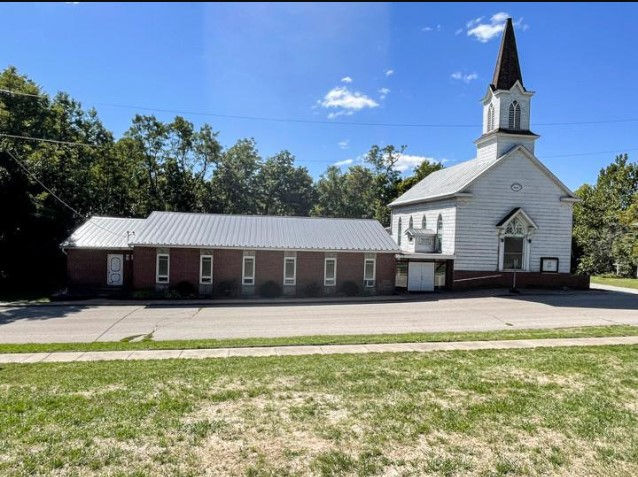First People in Nauvoo
- Joseph Johnstun
- Oct 2, 2023
- 1 min read
Updated: Mar 23, 2024
Archaeology of the Nauvoo peninsula shows occupation going back more than 10,000 years. The mound builders of the Middle Woodland Period (100 BC - AD 400) built more than a dozen mounds in and around Nauvoo. When Cahokia (AD 1000 - 1450) became a major city 200 miles to our south, people here were part of that civilization.
French explorers Joliette and Marquette passed in 1673 and learned descendants of the mound builders were still here. As part of the Illini Confederation, the land was called Illinois in their honor. Violence and
sickness drove the Illini south, and 100 years later this area was populated by Sauk and Fox (Meskwaki).
American Indians involuntarily gave up claim to this side of the Mississippi River in the 1804 Treaty of St. Louis. In 1832, 1,100 people followed Sauk war chief Black Hawk back across the Mississippi River north
of here in an attempt to return to their old homes. This sparked the Black Hawk War, and by the time it was finished, only 500 of Black Hawk’s group survived.
Shortly before he died, Black Hawk spoke to a crowd in Fort Madison, Iowa, on July 4, 1838 saying: “I liked my towns, my cornfields and the home of my people. I fought for it. It is now yours. Keep it as we did—it will produce you good crops.”
Today, Illini, Sauk, and Fox live on in Iowa, Kansas, Missouri, Nebraska, and Oklahoma.


Comments